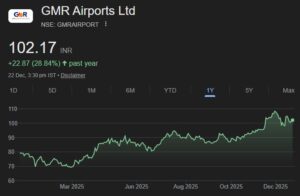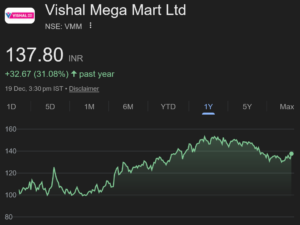

Most investors are feeling anxious about the raging rally that the stock market is currently witnessing. On the one hand, they have the bitter feeling of being “left out”. On the other hand they are apprehensive that it is a case of “too much, too soon” and that the bottom could fall out of the market any day.
Saurabh Mukherjea has conducted a detailed and systematic study on the subject. In a series of interviews {(1), (2), (3), (4) & (5)}, he has put the whole issue in its correct perspective for our benefit. Let’s see what his research shows:
Why do election results cause a stock market rally?
Saurabh Mukherjea explained that his study of election rallies from the past 30 years (1984 to 2014) showed that the elections are usually (7 out of 8 times) accompanied with a boom in the stock market, particularly when a new Government or new Prime Minister comes into office. There were two reasons for this phenomenon. The first is that the outgoing Government makes a desperate attempt to usher in reforms in the last few months of office with a view to woo voters. This provides a tail wind to the new Government to take the reforms forward. The second is that a fresh face as PM acts as a catalyst for business confidence.
These factors cumulatively lift economic growth and deliver a stock market boom. Saurabh cites from examples of the 1984, 1991 and 2004 elections where this happened. The same thing is happening now in 2014. The outgoing UPA Government did provide a number of reforms such as reduction in the CAD, deregulating diesel prices, making Raghuram Rajan, highly respected academic, the Governer of RBI, setting up the Cabinet Committee on Investments, reforming the State Electricity Boards, etc. NAMO has the benefit of these reforms to build on and deliver on larger reforms such as revival of the infrastructure and banking sectors, labour and agricultural reforms and privatisation.
What is the extent of the rally?
Saurabh made an important point that the maximum gain (up to 80% of the entire gains from the rally) is derived in the first two years following the elections. He said that the first two years generally give a return between 20 to 25% at the Index level. Again, the logic is the same. The new government works with great vigour in the beginning and there is also great expectation from them. The “feel good” factor propels stocks the most in the first two years and then it begins to wane.
So, from that perspective, there is no better time than now to invest in stocks.
What stocks/ sectors to buy?
This is the most important aspect. Saurabh advised investors to buy companies with good management, good business model and which are available at reasonable valuations.
Saurabh also emphasized that the stocks should be such that they benefit from the expected reforms. He pointed out that there are broadly five heads of reforms that the Government would look at over the next 90 days. The first is the banking sector and the recapitalisation of PSU Banks. This will catapult well run PSU Banks like SBI & PNB into the limelight.
The second issue is regarding increasing food & vegetable production and lowering food prices. Stocks like Kaveri Seed, VST Tillers & Bayer Crop are in a sweet spot to benefit from a thrust in agriculture.
The third area is infrastructure. Coal India would be a beneficiary of reforms around power. “Coal India is one of my central bias at the moment, buy Coal India because this will be front and centre of any government’s attempt to unclog the power sector” Saurabh said. He added that roads development/ construction was a major area. Stocks like Sadbhav Engineering and Ashoka Buildcon with strong balance sheets, good management and proven execution ability are the preferred bets in this space, he added.
There would also be a boom in industrial exports and stocks like AIA Engineering & Balkrishna Industries would benefit, he said.
Mass scale aspirational consumption producers like The Ramco Cements, Idea Cellular, Bata etc would also benefit. Another theme is the turnaround plays in light industrial manufacturing like Ashok Leyland, TVS, Bajaj Electricals etc, he added (See Saurabh Mukherjea’s detailed report on 5 turnaround stocks).
In the Pharma space, Ipca Laboratories came in for special mention from Saurabh. He pointed out that IPCA is domestically focused (and therefore relatively spared of the rupee appreciation worries) and has a remarkable track record spanning 20 years of consistent growth. “It is actually one of the best performing pharma companies over a 20 year period and is an attractive pharma company to look at” Saurabh added.
Personally, I see a lot of merit in Saurabh Mukherjea’s advice. It is sensible and logical. When we realize that there is a method to the stock market rally, we realize that there is no need to be fearful that the rally will suddenly collapse. Instead, we have to take advantage of the situation by focusing on top quality companies and buying them in a slow, systematic and steady manner. I am following this advice for my own portfolio.






Saurabh advised investors to buy companies with good management, good business model and which are available at reasonable valuations.
Which good company is available at reasonable valuation in current market?
Pawan, there are lots of companies that are at reasonable cost available, if one is not trying to become a millionaire overnight.
Let me know some companies with good business model that are good to invest in current scenario